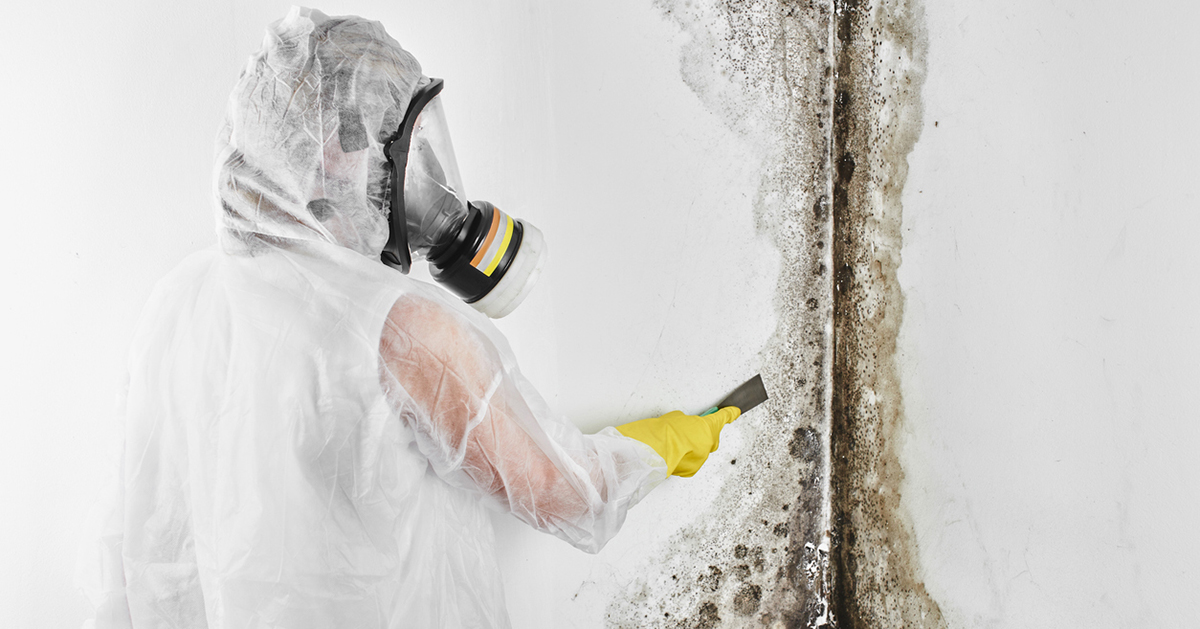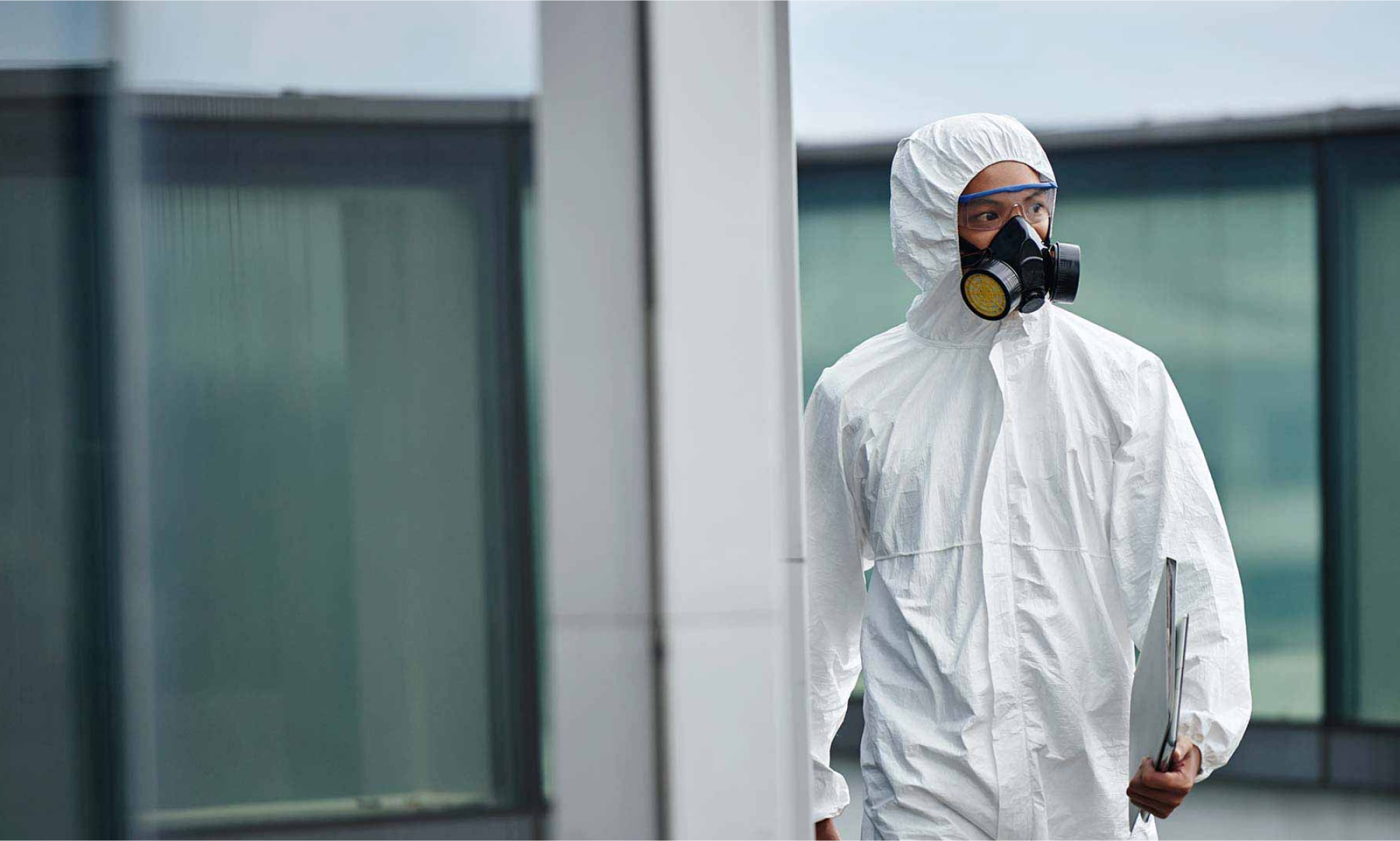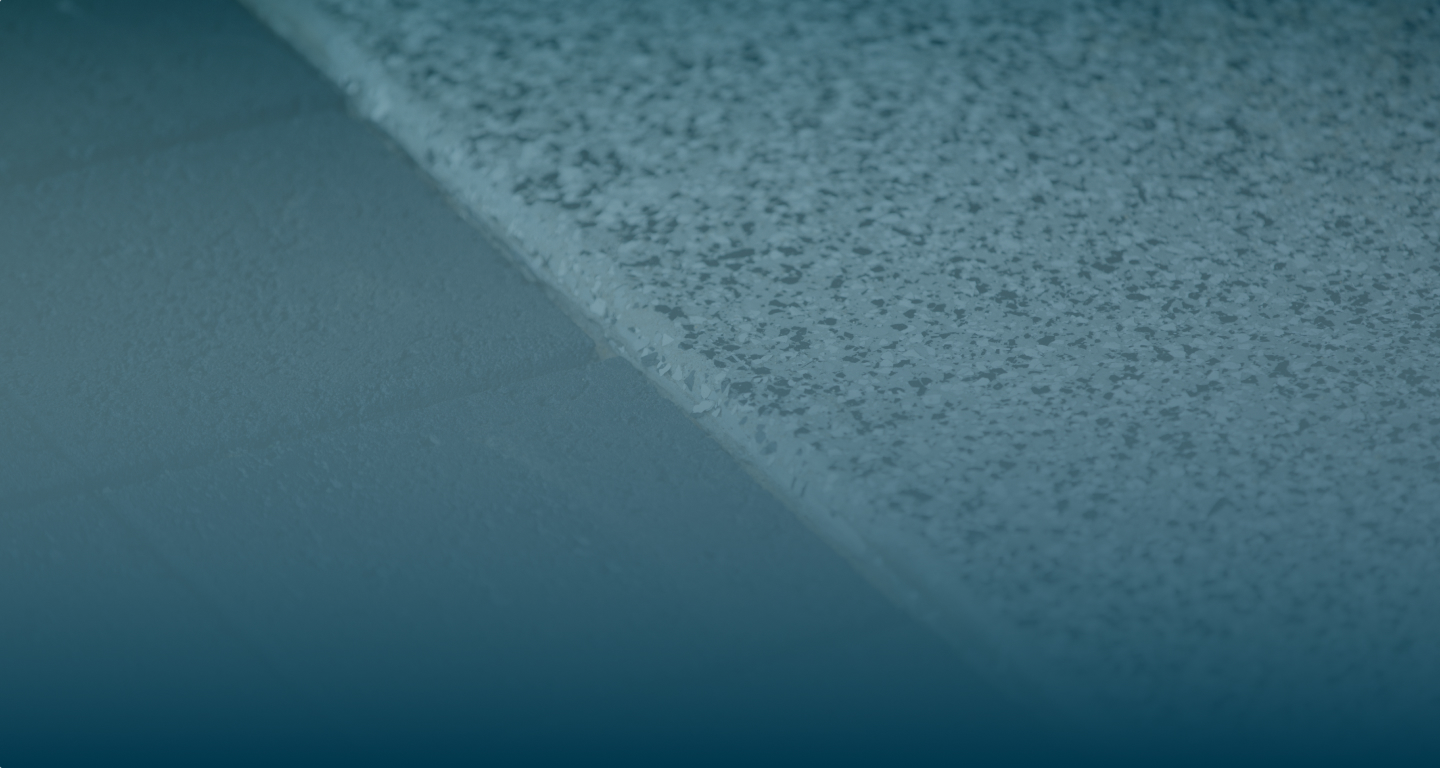Mould is a microscopic group of fungi which exists just about everywhere on the planet, except for underwater and parts of the Arctic and Antarctic. Even if you’re in a clean room, mould spores are in the air you’re breathing now, but in small quantities, it’s unlikely to be harmful. More significant cultures of mould indoors have been linked to health complications, as well as unpleasant odours, and commercial mould removal should be considered.
Mould and mildew are actually essential to the Earth’s ecosystem, helping to decompose dead organic material.
Is black mould a health risk?
Mycologists will tell you that it’s not possible to identify a mould with the naked eye alone. The colour of a mould structure is influenced by the a) the nutrient source and b) the age of the mould colony. The most common types of mould are Alternaria, Aspergillus, Cladosporium (the most common black mould) and Penicillium, but any mould spores could cause allergies and illness in sensitive persons who are exposed (usually when the spores are disturbed).
Stachybotrys chartarum has been linked to ‘sick building syndrome’ but that claim has not widely been backed up in scientific literature. The mould has been linked to the death of an infant who had extraordinarily high exposure in the lungs, and is considered a risk in severely water-damaged buildings.
Is DIY mould removal safe?
We do not recommend DIY removal of large mould colonies, particularly if you suffer allergies or asthma. Heavy exposure to Cladosporium black mould has been known to trigger a reaction in some people when precautions are not taken. A Kleenit mould removal professional will use PPE, including a particulate respirator, gloves and eye protection.
Mouldy smell, but no stains?
Mould spores are invisible, and we usually only notice the colonies, which take a while to grow. Mould prefers areas that are warm and permanently damp. Yes, that’s why it’s the leading cause of jock-itch and athlete’s foot. Yuck! It’s also why mould is most common in the bathroom, where shower steam and damp towels help create the ideal environment for growth. The underside of carpets can also harbour mould, which is likely to be disturbed by foot traffic and be a risk to asthmatics and those with allergies.
What kills mould?
Bleach and vinegar can both kill mould, however vinegar is much more effective for removing mould from porous materials. Mixing the substances (or any substances) is not recommended. Even if the mould has been killed, the issues arise when getting rid of the stains that can be left behind, which takes a lot of elbow grease. Many home-remedies include a salt and baking soda mix, we’ve found to be minimally effective.
That’s where a hot water high pressure comes in useful, using steam and pressure to blast away the residue from tiles, grout, metal and paint. Occasionally, where mould has permeated a surface completely, there will be a need to replace the gyprock or carpet, for example.
Choosing a professional mould removal service.
With Kleenit, a free initial inspection will include detailed findings and a recommended course of action to remove the mould. Following removal, we can also advise on mould prevention measures such as ventilation, sunlight entry, and ways to remove excess moisture from the affected area.
Additionally, a professional mould removal service such as Kleenit will bring their own water and cleaning agents, and are covered by public liability insurance. A skilled professional reduces the chance of damage to a property and will save the property owner time.
After each mould cleaning removal, we also provide a certificate of compliance – so you can rest assured that the mould threat is gone.
Get a free quote for mould removal in Australia by contacting us.




